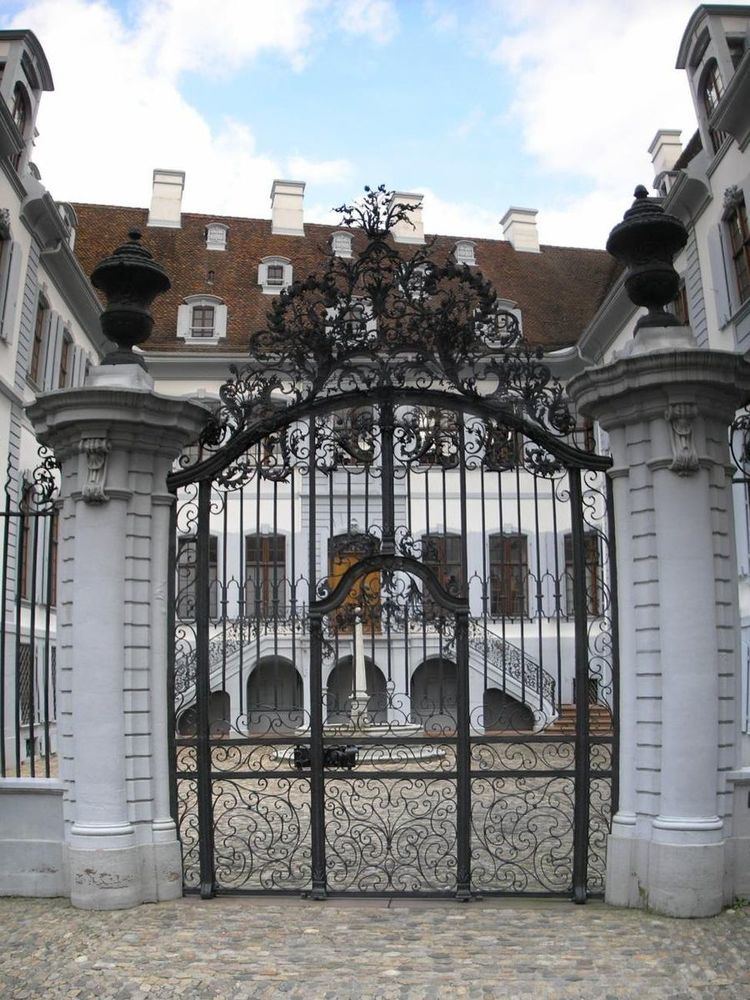Name Samuel Werenfels | ||
 | ||
Samuel Werenfels (August 4, 1720 – September 11, 1800) was a famous Swiss Baroque architect.
Contents
Early life
Samuel Werenfels, son of Peter Werenfels (businessman and leather glove manufacturer) and Catharina Socin, was born and grew up in Basel. He was grandnephew and godson of the likewise named Swiss theologian Samuel Werenfels. Werenfels was married to Maria Magdalena Strübin.
Career
As an architect, he was renowned for his Rococo designs, an 18th-century French art and interior design style.
In 1743 he joined the Gesellenbruderschaft der Spinnwetternzunft in Basel and became master craftsman in 1748. In 1788 he became mill inspector and from 1794 master-workman in Basel. He died in Basel, aged 80.
The buildings erected in Basel and the surrounding area according to Werenfels' plans, testify his stylistic continuousness to the contemporary Alsatian architecture. Together with Johann Jacob Fechter (1717–1797) and Ulrich Büchel (1753–1792), Werenfels was one of the most distinguished architects and master builders in Basel during the 18th century.
